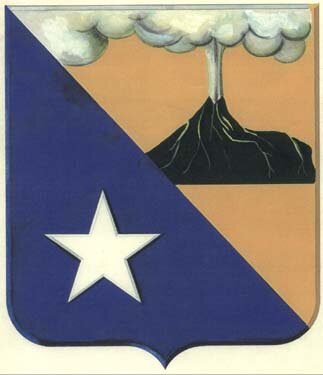THE BIRTH OF THE CLINIC
AN ARCHEOLOGY OF MEDICAL PERCEPTION
PREFACE
This book is about space, about language, and about death; it is about the act of seeing, the gaze.
[moving between the language of constant visibility and the language of fantasy] / when was there a time when seeing and saying were one? / that full space in the hollow of which language assumes volume and size /
. . . .
Modern medicine has fixed its own date of birth as being in the last years of the eighteenth century / a return to the level of the perceived / the relation between the visible and invisible—which is necessary to all concrete knowledge—changed its structure / The gaze is no longer reductive, it is, rather, that which establishes the individual in his irreducible quality. And thus it becomes possible to organize a rational language around it.
. . .
Until recently, the history of ideas was only aware of two methods: the first, aesthetic method involved analogy, with diffuson charted in time (geneses, filiations, kinships, influences) or on the surface of a given historical space (the spirit of a period, its Weltanschauung, its fundamental categories, the organization of its sociocultural world). The second, which was a psychological method, involved a denial of contents (this or that century was not as rationalistic, or irrationalistic as was said or believed), from which there has since developed a sort of ‘psychoanalysis’ of thought, the results of which can quite legitimately be reversed—the nucleus of the nucleus being always its opposite.
what is the matter with you / where does it hurt
1. SPACES AND CLASSES
The spatialization and distribution of disease / the old theory of sympathies: a vocabulary of correspondences, vicinities and homologies (how did these relate to cancer in the past, if at all) / the space of the configuration of the disease and the space of localization of illness in the bod have been superimposed only since the nineteenth-century and the development of pathological anatomy / the suzerainty of the gaze
. . . .
Never treat a disease without first being sure of its species' / nosology : branch of medicine that deals with the classification of disease : the nosological picture involves a figure of the diseases that is neither the chain of causes - not just localization but a system of relations involving envelopments, subordinations, divisions and resemblances / a vertical (implications are drawn up ex. a fever occurring in one episode or several) and a horizontal (homologies are transferred / a deep space, anterior to all perceptions, and governing them from afar; it is on the basis of this space, the lines that it intersects, the masses that it distributes or hierarchizes, that disease, emerging beneath our gaze, becomes embodied in a living organism
The principles of this configuration of disease (classification):
1. historical as opposed to philosophical knowledge : Knowledge is historical that circumscribes pleurisy by its four phenomena: fever, difficulty in breathing, coughing, and pains in the side. Knowledge would be philosophical that called into question the origin, the principle, the causes of the disease: cold, serous discharge, inflammation of the pleura / the attribution of related causes / The first structure provided by classificatory medicine is the flat surface of perpetual simultaneity. Table and picture.
2. a space in which analogies define essences / resemblance / sensitive only to surface divisions / vicinity - defined not by measurable distances, but by formal similarities
3. The form of the similarity uncovers the rational order of the diseases / follows a botanical model - turning the principle of the analogy of forms into the law of the production of essences / The rationality of life is identical with the rationality of that which threatens it : Their relationship is not one of nature and counter- nature; but, in a natural order common to both, they fit into one another, one superimposed upon the other. In disease, one recognizes (reconnai^t) life because it is on the law of life that knowledge (connaissance) of the disease is also based.
4. We are dealing with species that are both natural and ideal / In order to know the truth of the pathological fact, the doctor must abstract the patient: ‘He who describes a disease must take care to distinguish the symptoms that necessarily accompany it, and which are proper to it, from those that are only accidental and fortuitous, such as those that depend on the temperament and age of the patient’ / the patient is only an external fact : It is not the pathological that functions, in relation to life, as a counter-nature, but the patient in relation to the disease itself. / the doctor's intervention is an act of violence if it is not subjected strictly to the ordering of nosology
. . . .
Classifactory thought gives itself an essential space, which it proceeds to efface at each moment
Much I have excerpted from various sources.
Please note that I do not own the copyright to most of the texts, images, or videos.


